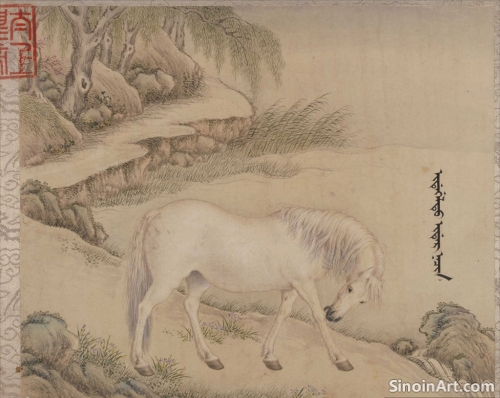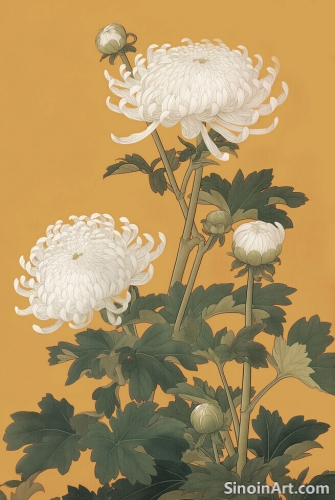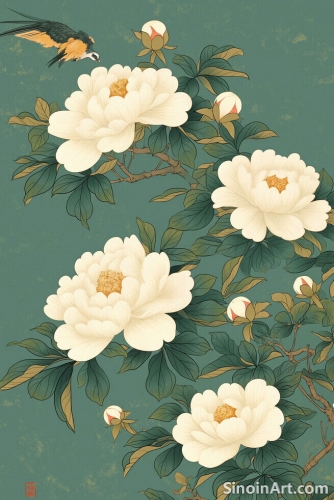Gongbi in the Modern Age: Contemporary Artists and Innovations
|
While deeply rooted in tradition, Gongbi painting has continued to evolve in the modern era. Contemporary artists are both honoring the historical techniques and pushing the boundaries of the art form. They are incorporating new themes, perspectives, and materials, ensuring that Gongbi remains a relevant and vibrant art form for contemporary audiences. This dynamic tension between tradition and innovation is at the heart of the contemporary Gongbi movement.  One of the significant developments in contemporary Gongbi is the exploration of new subject matter. While traditional themes of birds, flowers, and historical narratives are still popular, many artists are incorporating modern subjects and perspectives. Contemporary artists are using the detailed precision of Gongbi to address social and political issues, as well as exploring personal narratives. This shift towards contemporary themes is broadening the appeal of Gongbi to a new generation.  Contemporary Gongbi artists are also experimenting with new techniques and materials. Some are incorporating Western artistic elements, while others are exploring innovative approaches to color application and composition. The use of non-traditional pigments, the introduction of new layering techniques, and the incorporation of abstract elements are all contributing to the evolution of the art form. These innovations are not discarding the past, but rather building upon it, creating new avenues of artistic expression.  Technology has also begun to play a role in contemporary Gongbi. Digital tools and techniques are being used by some artists to create underdrawings or enhance the painting process. However, the core principles of Gongbi, including meticulous brushwork and careful layering of colors, still remain central. This careful blend of tradition and technology is keeping the spirit of Gongbi alive in the modern age. The enduring appeal of Gongbi lies in its ability to capture both the minute details of the world and its underlying essence. Contemporary artists are demonstrating that this traditional art form is capable of reflecting the complexities of the modern world. Their innovative work showcases the enduring relevance and beauty of Gongbi, ensuring its continued place in the world of contemporary art. |
Tag : Contemporary Gongbi, modern Chinese painting, Gongbi innovation, Gongbi artists, Chinese art trends
Related information
- Brushstrokes of Precision: The Techniques of Gongbi
- Gongbi Painting and the Concept of "Shanshui"
- Gongbi Painting and the Depiction of Clouds and Mist
- Gongbi vs. Xieyi: Contrasting Styles in Chinese Art
- The Exquisite World of Gongbi: A Detailed Introduction
This article delves into the specific techniques of Gongbi painting, focusing on the outlining method, color application, detailed depiction, traditional materials, and the discipline required for mastery.
This article explores the relationship between Gongbi painting and the concept of "Shanshui," highlighting the presence of core Shanshui principles, such as the balance of yin and yang, the detailed rendering of nature, and the integration of humans into the natural order within Gongbi landscapes.
This article explores the depiction of clouds and mist in Gongbi painting, highlighting the techniques used to create a sense of depth, luminosity, and atmosphere, and how the subtle variations in color and tone evoke a sense of mystery and serenity.
A comparison of Gongbi and Xieyi painting styles, highlighting their contrasting techniques, philosophies, and artistic intentions.
A comprehensive introduction to Gongbi painting, highlighting its detailed nature, historical significance, common subjects, and continued relevance.